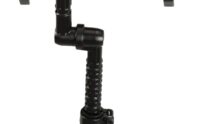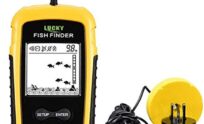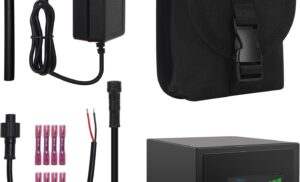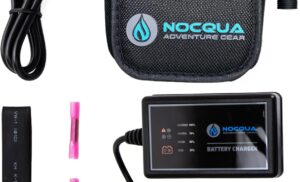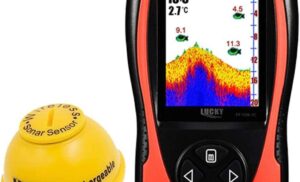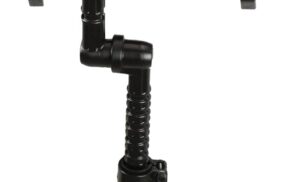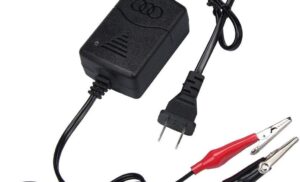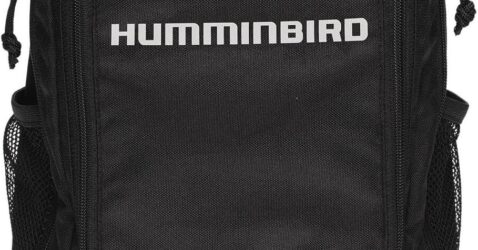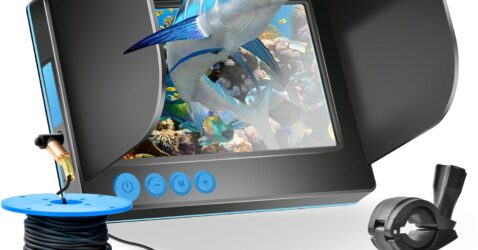Fish Finder Battery Connectors: The Unsung Heroes of Your Angling Adventures
Fish Finder Battery Connectors: The Unsung Heroes of Your Angling Adventures
When it comes to fishing, enthusiasts often focus on the gear that helps them catch the biggest fish—the rods, reels, lures, and, of course, the highly coveted fish finders. These devices have revolutionized the angling experience, offering unparalleled insights into underwater ecosystems. However, there’s an essential component that often goes unnoticed amidst the excitement of casting lines and reeling in catches: the battery connectors that power these technological marvels. Let’s delve into why fish finder battery connectors are the unsung heroes of your angling adventures.
The Backbone of Power Supply
Fish finders require a reliable power supply to function effectively. Without a steady connection to a battery, your fish finder is nothing more than an expensive piece of equipment. Battery connectors serve as the critical link between your fish finder and its power source, ensuring that the device receives the voltage it needs to operate efficiently. A poor connection can lead to intermittent power loss, screen flickering, or even complete failure of the device, ruining your fishing trip.
Types of Battery Connectors
There are several types of battery connectors commonly used in fish finders and other marine electronics. Here are a few that anglers should be familiar with:
-
Anderson Powerpole Connectors: Known for their reliability and ease of use, these connectors offer a secure connection that minimizes power loss. They are especially popular among anglers who frequently disconnect and reconnect their devices.
-
Tamiya Connectors: Often used in RC cars and other hobby electronics, Tamiya connectors are lightweight and provide a decent connection. However, they may not be the best choice for high-amperage applications like fish finders.
-
Deans Connectors: These connectors are favored for their low resistance and ability to handle high currents, making them a solid choice for fish finders requiring more power.
-
Ring Terminals: For more permanent installations, ring terminals offer a secure and robust connection to the battery, often used in conjunction with fuse holders for added safety.
- Battery Clips: Simple and effective, battery clips are often used for temporary setups or smaller devices, but they may not provide the most secure connection for larger fish finders.
The Importance of Quality Connections
Using high-quality battery connectors is crucial for ensuring optimal performance from your fish finder. Low-quality connectors can introduce resistance, leading to voltage drops that may affect the operation of your device. Over time, poor connections can lead to corrosion, which not only impacts performance but can also pose safety risks.
Investing in quality connectors and regularly checking and maintaining them can prevent frustrating power issues on the water. Additionally, using connectors that are weather-resistant or waterproof can protect against the harsh marine environment, extending the lifespan of both the connectors and the fish finder.
Installation Tips
Installing battery connectors for your fish finder may seem straightforward, but a few tips can help ensure a successful setup:
-
Choose the Right Gauge Wire: The wire gauge should match the amp draw of your fish finder. Thicker wires can carry more current and reduce voltage drop, resulting in better performance.
-
Solder or Crimp Connections: When attaching connectors, make sure to either solder the connections or use a high-quality crimping tool for a secure fit. Poor solder joints or crimped connections can lead to intermittent power issues.
-
Use Heat Shrink Tubing: Protect your connections from moisture and corrosion by using heat shrink tubing over the soldered or crimped areas. This added layer of protection can significantly enhance the longevity of your connectors.
- Regularly Inspect Connections: Before every fishing trip, take a moment to inspect your battery connectors for signs of wear or corrosion. Clean any dirty connections and replace damaged components to ensure a reliable power supply.
Conclusion
While fish finders take center stage in the quest for the perfect catch, it’s crucial not to overlook the role of battery connectors in this equation. These unsung heroes keep your devices powered and functioning, allowing you to focus on what truly matters—casting lines and enjoying the great outdoors. By investing in quality connectors, ensuring proper installation, and maintaining them regularly, you can enhance your angling experience and make the most of your time on the water. So the next time you head out fishing, remember that a little attention to your battery connectors can go a long way in ensuring a successful and enjoyable adventure. Happy fishing!

